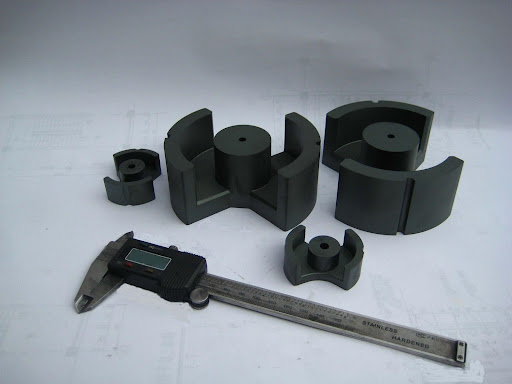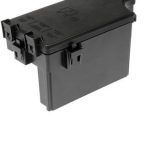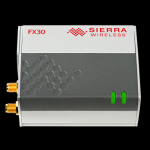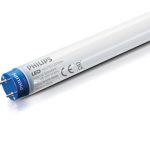
Ferrite cores are a form of magnetic cores constructed from ferrite on which the windings of the electric transformers and other such wound components like indicators are created. It has the properties of high magnetic permeability and low electrical conductivity; because of such properties, they are highly preferred. Ferrite cores have fewer losses during high frequencies. They are extensively used for RF inductors and transformers used in applications like switched-mode power supplies and ferrite loopstick antennas used for AM radio receivers.
The primary function of these ferrite beads is to clock the low-frequency noise and suppress the high-frequency noise to suppress the electromagnetic emissions.
The function of Ferrite Cores
Ferrite Cores will effectively suppress electromagnetic emissions by locking low-frequency noise and absorbing the high-frequency ones to reduce noise. This can help to avoid electromagnetic interference to a great extent.
In the transmission system, there are two types of noise signals identified. One is known as differential mode noise and the other one as common-mode noise. The common-mode signals can be defined as the signal or noise that carries no useful information or is an unwanted signal that needs to be eliminated to avoid any interferences. The ferrite cable cores are specifically designed to eliminate the common-mode noise generated either from a signal line or power cable.
However, it is always essential to identify and confirm the problem frequency and then identify the available space to perform this function. In the next step, you must choose a suitable ferrite core that achieves the purpose. It is always better to choose the one with as higher impedance as possible so that it can cover up the problem frequency entirely and complete the task as it is required.
Composition of Ferrite Cores
As already discussed, ferrite cores are used to filter high-frequency noise. They can suppress the signals as they are used to reduce the common-mode current, which is the unwanted signal generated from power cables.
Ferrite cores are magnetic cores constructed using ferrite material blended with one or more small portions of extra metallic elements like nickel, barium, manganese, and zinc. Ferrite cores have the properties of having fewer losses in high frequency, high magnetic permeability, and low conductivity. These properties help majorly in the reduction of noise or the common-mode current.
Purpose of Ferrite Cores in Cables
We will explain this briefly by taking an example. Consider that a cable is passed through the ferrite cores with both data and noise signals. The cable will help generate the magnetic field. The cores absorb this magnetic field as they have high permeability. And the magnetic energy is then converted into heat energy. In this situation, the magnetic flux of the noise signal can be decreased by the ferrite core.
How ferrite core reduces Common mode current:
An inductor is formed by clamping the conductor into the ferrite core to reduce the common-mode current. The current in one portion will generate a magnetic field like standard inductors. In this way, you will have an increasing impedance with increasing frequency. Just like you would get with any standard inductor. This process known as a common-mode choke. And it will present a high impedance to common-mode currents and a comparatively low impedance to differential-mode currents. This high impedance from the common mode choke helps reduce the development of common-mode noise. They designed for such applications are supposed to h=induce more significant losses. So, in such cases, the common-mode voltages are majorly converted into heat in the core.
Here an issue is the core saturation. Ferrite cores known to saturate in a higher H-field compared to silicon steel laminates. These cores utilized in high power buck converters for many amps as they transfer through DC, a much lower frequency than 50HZ.
Even at low frequencies, there is nothing intrinsic about ferrites that makes them a wrong choice. However, there are a lot of things that must considered when you are choosing ferrite cores. Especially for applications of 2 MHz
Conclusion
After knowing about the critical function of Ferrite Cores and how they function to achieve the tasks it is designed for, you must have identified why you need them. They are highly effective for reducing unwanted signals or getting rid of them to eliminate signal interferences. However, You must always be careful while choosing such products and consider essential factors to ensure that the product is suitable for your application and within your budget.





















